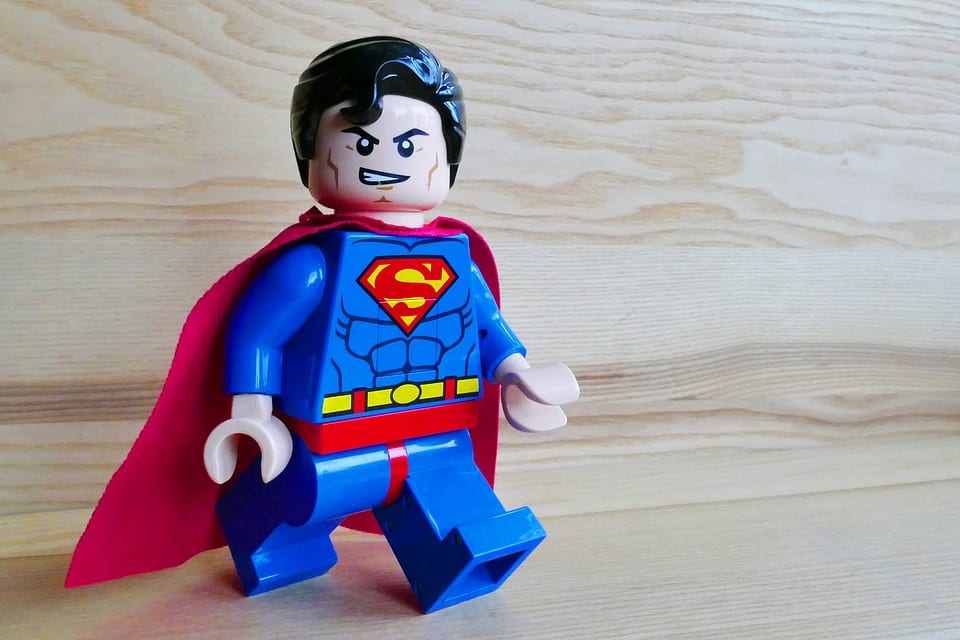Let’s be real: we’ve all cooed over pink plastic princess tea sets at local toy stores. We’ve all smiled at toddlers as they roll plastic fire trucks across the floor and mimic siren sounds. But, regardless of how cute princess dresses and action figures can be, gender-specific toys only introduce children to harmful gender stereotypes and prevent them from reaching their full potential.
While it is no longer unheard of to see a female engineer or a male nurse, careers are still overwhelmingly gendered. Science, technology, engineering and math (STEM)-related careers and leadership positions continue to be male dominated, while women are more inclined to pursue jobs as nurturers, service providers and caregivers.
Gender-specific toys perfectly mirror the unequal job market. Young boys are handed a box of Lego and instructed to build skyscrapers and spaceships, while young girls are pushed to feed, change and soothe a crying baby doll. Young boys are inspired to save the world and fight crime with superhero action figures, while girls are pigeonholed into outdated traditional gender roles when they are given an Easy Bake oven or a plastic kitchen set.
Granted, not every child who plays with Lego will be an engineer, not every child who looks up to superheroes will fight crime, and not every child who plays with baby dolls and fake kitchen appliances will be a homemaker. However, gender-specific toys establish gender norms as they foster an association with particular activities and gender. A boy who plays with baby dolls or toy ovens, even if he is exploring an early passion for nurturing or cooking, would be mocked by peers and pushed by parents to play sports. A girl who is incredibly fixated with construction tools and dump trucks might be pressured to be more like her tiara-clad peers, who would prefer to pretend to be princesses.
In addition, toys like pirates and dolls can become early role models for children and influence them to mirror values and mimic behavior. Toys like Barbies and Bratz dolls teach girls at an early age to value conventional beauty above everything else. Besides the obvious unrealistic body image issues dolls foster in young girls, dolls preach vanity by teaching girls that, as long as they’re conventionally beautiful and dressed stylishly, they will be successful. Even though there are doctor Barbies, business Barbies and other professional Barbies, the costumes are merely costumes and do little to influence girls to pursue professional careers in the future.
While male-specific character toys are certainly more active and productive than toys geared to young girls, they enforce harmful constructs of masculinity. Regardless if it’s Superman, GI Joe or Darth Vader, all action figures are generally the same: they’re muscular, they have moveable joints and tight fists and they usually come equipped with a weapon. These action figures are valued according to the character’s strength and ability, not according to his personality or virtues. The toys emphasize physical strength and violence as the most effective way to solve conflict and achieve goals, enforcing the idea that a male must be strong and muscular.
It is impossible for society to remove the strict division between femininity and masculinity and create gender equality in the job market if gender-specific toys continue to brainwash children into following traditional, outdated gender stereotypes. The toy market should modernize action figures and dolls and market characters of all body shapes that are career driven, virtuous and diplomatic. Equally, they should remove the stark division between blue and pink and, instead, encourage boys and girls to play with toys that are not necessarily geared for their gender. Until then, the toy industry is hindering children from exploring different hobbies, passions and skills and holding them back from reaching their full potential.


